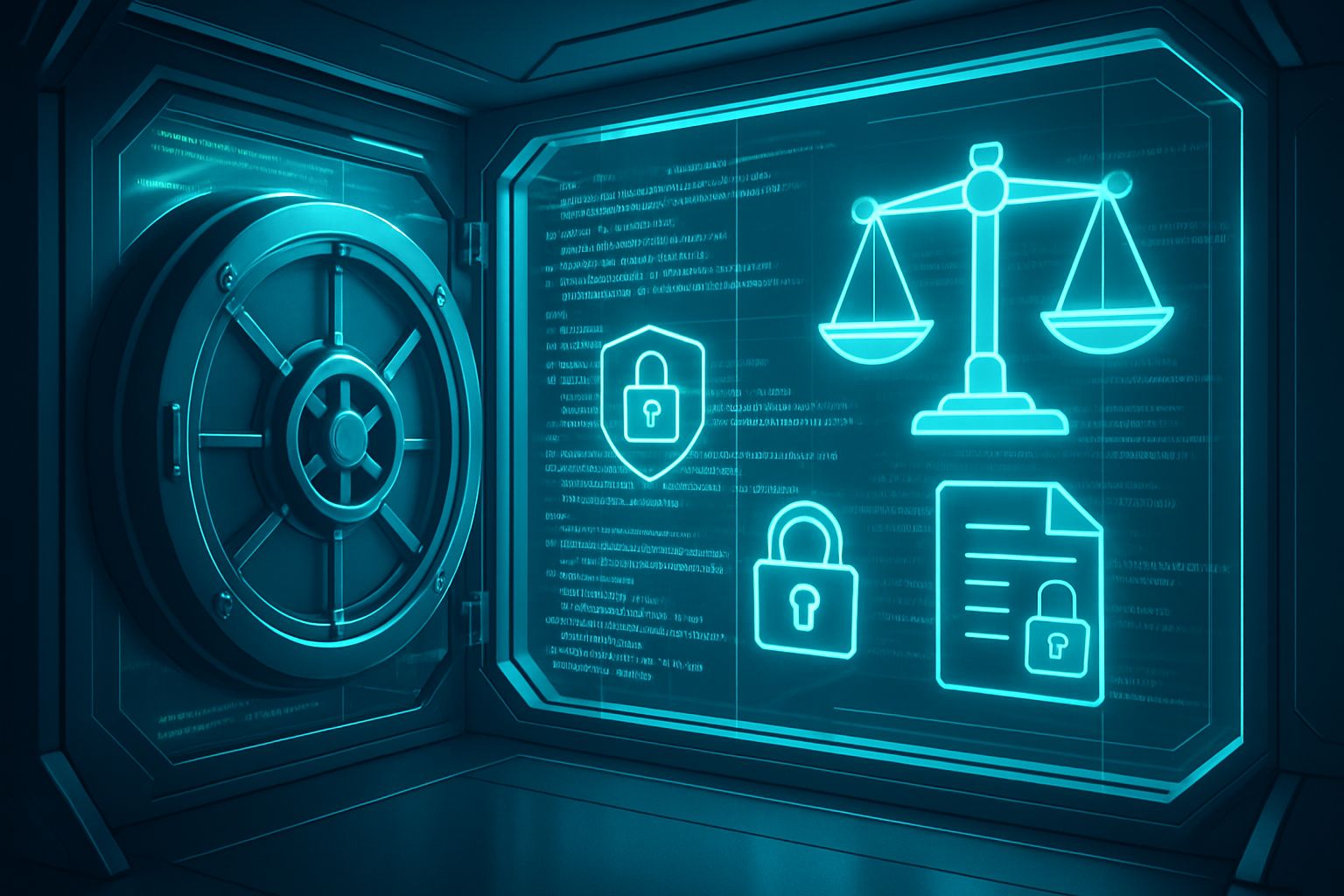
AI CERTs
12 hours ago
AI Transparency Audit Clash Over 20M ChatGPT Logs
Regulators, courts, and the public increasingly ask how artificial intelligence should be scrutinized. Consequently, the latest AI Transparency Audit battle between OpenAI and major publishers has captured worldwide attention. On 7 November 2025, U.S. Magistrate Judge Ona T. Wang ordered OpenAI to hand over a de-identified sample of 20 million ChatGPT conversations. Meanwhile, OpenAI calls the mandate an unprecedented intrusion on user privacy. Moreover, privacy advocates warn about potential re-identification. Industry observers note that the dispute will shape future discovery rules, model governance norms, and public trust. Therefore, professionals must follow the unfolding legal saga closely.
Court Order Details Revealed
The order stems from consolidated copyright suits led by The New York Times. Judge Wang concluded that plaintiffs need real-world logs to test alleged content reproduction. Additionally, she referenced a similar Concord Music v. Anthropic decision. OpenAI must deliver the 20 million records by 14 November 2025 or within seven days after full anonymization.

Key points include:
- Sample covers chats from December 2022 through November 2024.
- Earlier plaintiff demand sought 1.4 billion chats, later narrowed.
- OpenAI claims 99.99 percent of logs are unrelated.
- A protective order restricts access to vetted reviewers.
The court emphasized proportionality yet found safeguards adequate. Nevertheless, OpenAI insists the scope remains excessive. These facts frame the initial conflict. However, deeper issues lurk beneath procedural debates.
This section shows the production timeline and core directives. Consequently, the narrative now shifts toward rising privacy concerns.
Privacy Concerns Raised Widely
OpenAI’s Chief Information Security Officer Dane Stuckey released a strong statement on 12 November. He argued the request ignores long-standing privacy protections. Furthermore, OpenAI warns that entire conversations may reveal sensitive context even when obvious identifiers vanish. Technical researchers agree that context can enable re-identification, undermining explainable AI practices.
In contrast, plaintiffs say no user risk exists because OpenAI controls the anonymization. They stress that secure review environments prevent leaks. Yet privacy NGOs remain cautious and call for stricter audits of anonymization pipelines.
Two critical sentences summarize this section. Privacy debates spotlight limits of current safeguards. Therefore, stakeholder arguments now turn to why disclosure still matters.
Arguments For Disclosure Push
News organizations claim the sample is essential for an effective AI Transparency Audit. Moreover, they argue that only bulk logs reveal real frequency of copyright violations. Experts assert that smaller samples or keyword searches could miss verbatim reproductions, harming AI accountability goals.
Plaintiffs also cite competitive concerns. They want to quantify economic dilution from unauthorized outputs. Additionally, independent reviewers need raw dialogs to simulate user interactions faithfully. Hence, they believe proportional discovery demands at least 20 million chats.
Scholars add that audits strengthen public trust when conducted under strict protocols. Consequently, transparency advocates frame production as a necessary step toward responsible model governance.
This section underscores plaintiffs’ rationale and supports audit culture. Nevertheless, OpenAI’s rebuttal introduces counterweights now examined.
Opposition From OpenAI Team
OpenAI contends that massive data releases invite security risks. Additionally, they argue that disclosing prompts, not just outputs, is unusual and invasive. The company proposes narrower alternatives, including targeted searches or synthetic test suites aligned with explainable AI practices.
Furthermore, counsel warns that the order could become a precedent for broad “fishing expeditions” in future litigation. Consequently, companies might retain fewer logs or encrypt them at rest, complicating future AI Transparency Audit processes.
The firm also cites cross-border privacy laws. European regulators might view large-scale export of user dialogs as unlawful, even when anonymized. Nevertheless, Judge Wang found the protective order sufficient under U.S. standards.
This section highlights OpenAI’s multi-layer defense. However, broader systemic impacts deserve close attention.
Broader Model Governance Impacts
Legal scholars believe the ruling will influence corporate retention policies. Moreover, a confirmed mandate may standardize larger audit windows for generative systems. Organizations could face higher storage costs and stricter oversight under emerging model governance frameworks.
Industry regulators watch closely. If courts normalize bulk discovery, regulators may adopt similar thresholds for supervision. Consequently, firms will need rigorous documentation, encryption, and access controls that align with AI accountability principles.
Professionals can deepen their expertise through the AI + Goverment Certificate. The curriculum covers privacy-preserving analytics, secure logging, and compliant audit workflows essential for any future AI Transparency Audit.
This section links legal shifts to operational planning. Subsequently, upcoming milestones will dictate immediate corporate actions.
Upcoming Legal Milestones Ahead
OpenAI has filed a motion for reconsideration seeking to vacate or narrow the order. Meanwhile, plaintiffs will soon respond. Judge Wang may schedule an expedited hearing before the production deadline.
Possible scenarios include:
- The court denies relief and production proceeds.
- A compromise limits disclosure to narrower samples.
- OpenAI secures a stay pending appellate review.
Additionally, lawmakers might introduce bills defining privileged AI logs. Therefore, policy turbulence may continue well beyond this case.
This section outlines near-term procedural steps. Consequently, readers must track outcomes to understand lasting effects.
Key Takeaways And Action
The OpenAI dispute illustrates rising tensions between privacy and auditability. Moreover, it shows how explainable AI practices intersect with legal discovery. Courts are becoming laboratories where AI accountability standards evolve.
Professionals should monitor docket updates, refine retention strategies, and strengthen internal access controls. Furthermore, aligning with emerging model governance guidelines prepares firms for future audits. Lastly, earning the AI + Goverment Certificate can position leaders to navigate complex compliance landscapes.
These insights wrap the discussion. Nevertheless, continuous vigilance remains vital as precedent develops.



